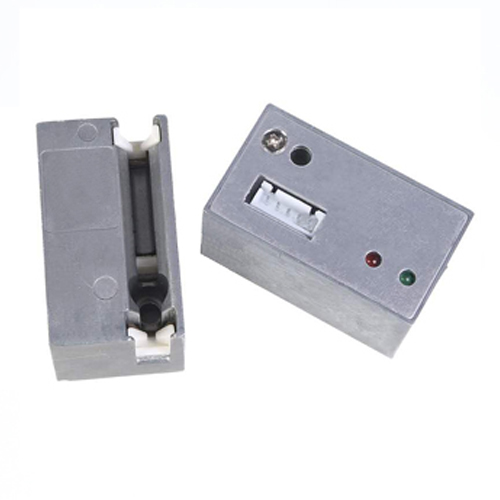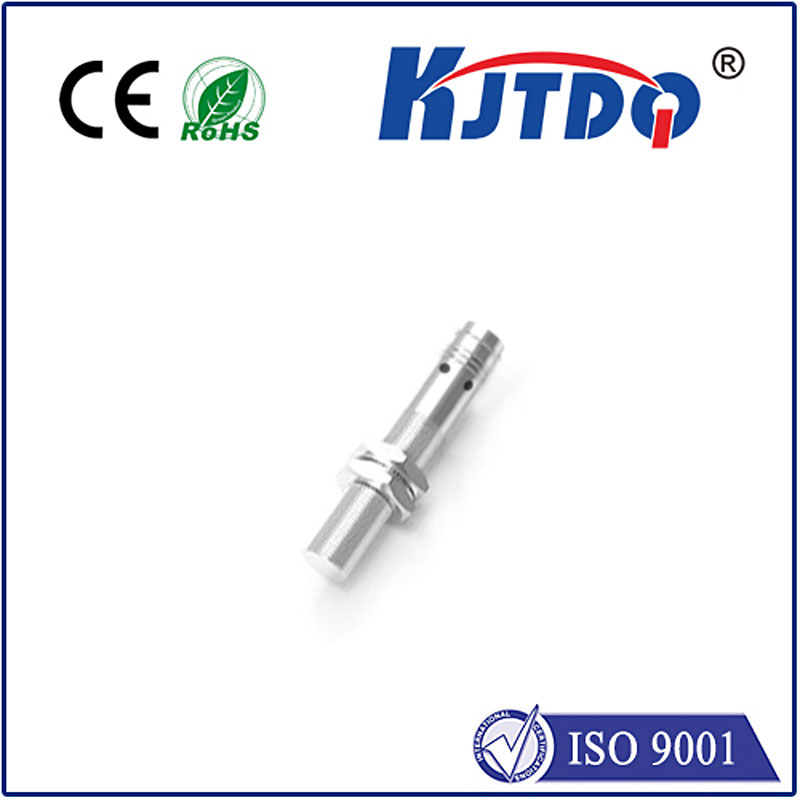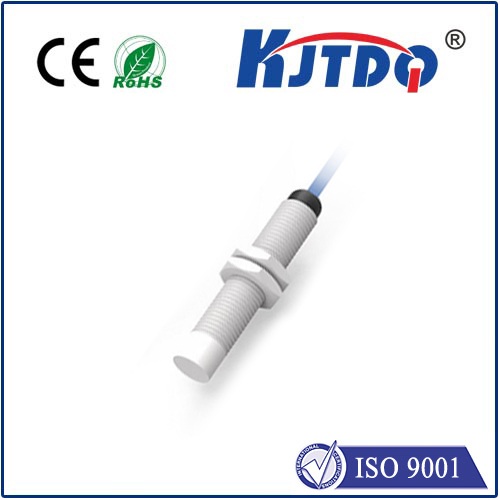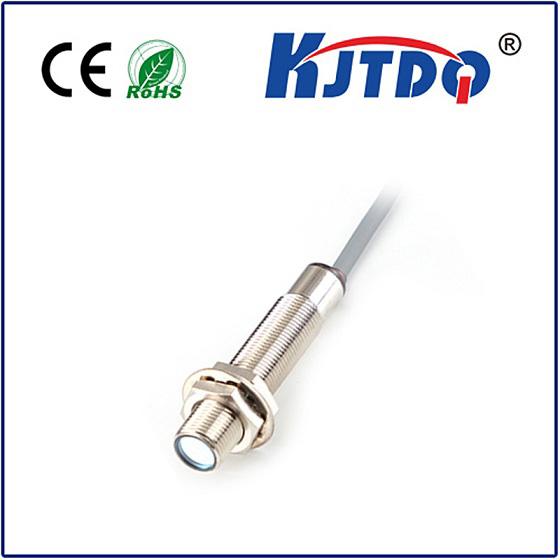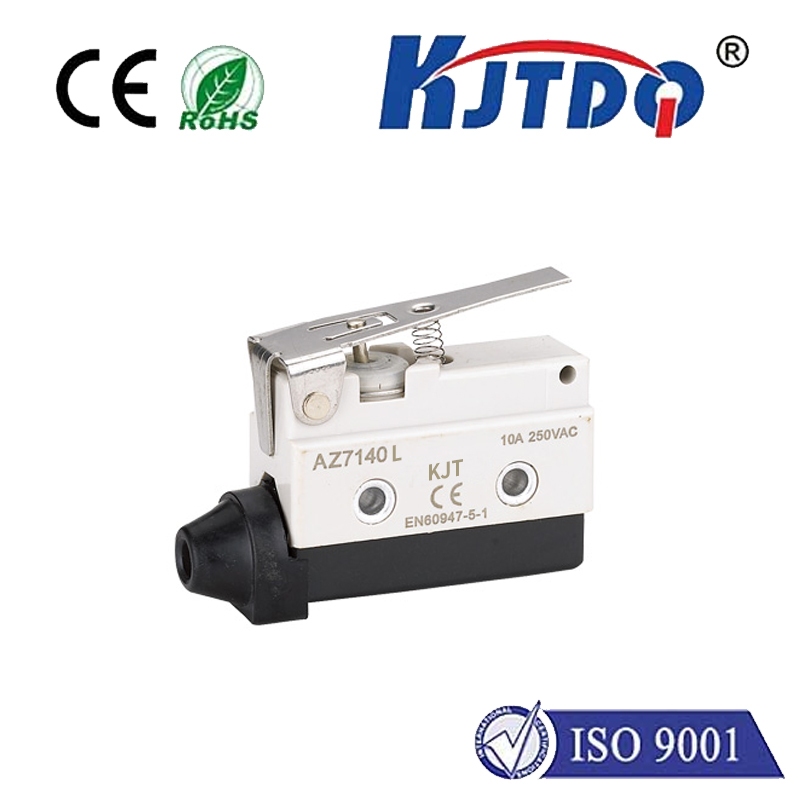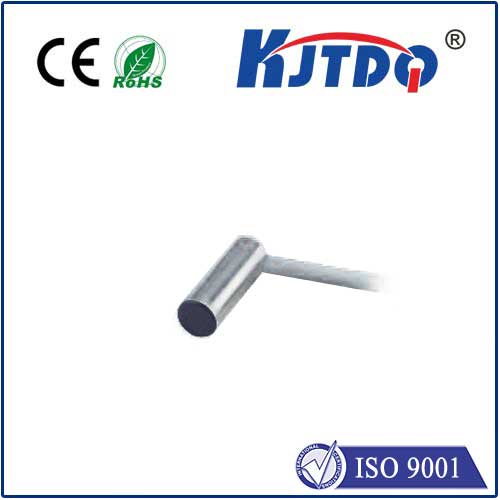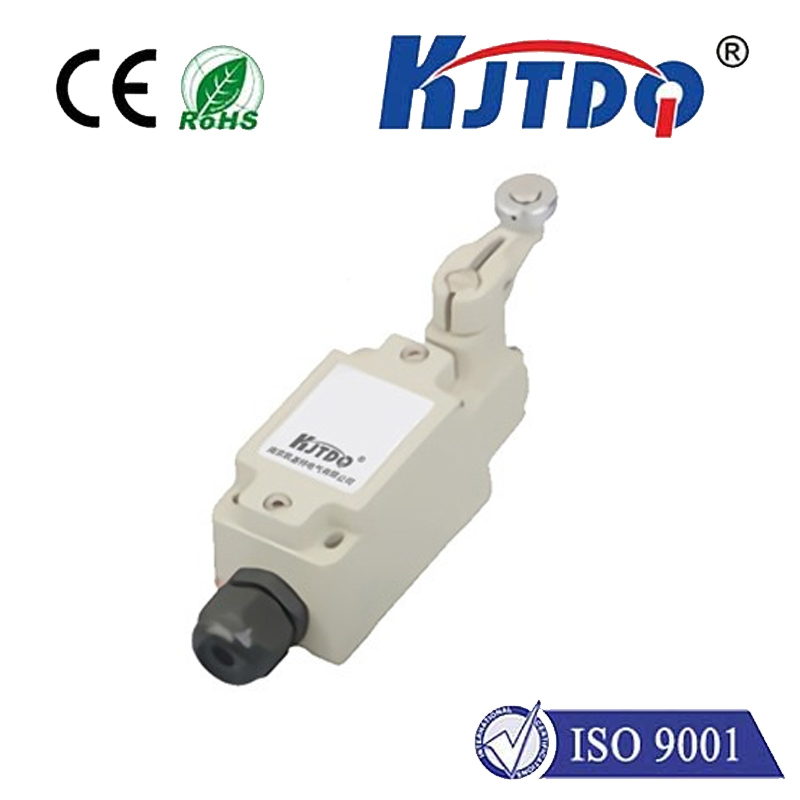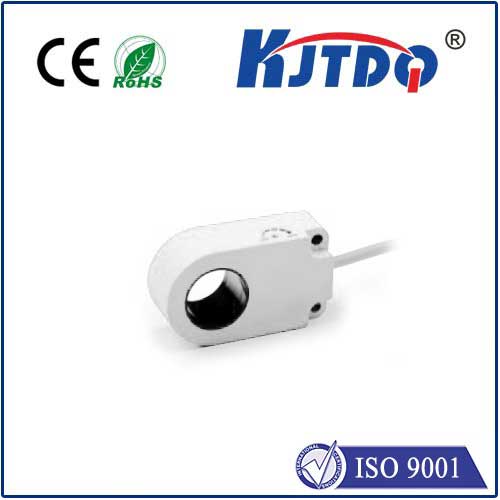

check

check

check

check

check

check

check

check

check

check
Capacitive Proximity Sensors: A Comprehensive Guide to Different Types
Capacitive proximity sensors are a crucial component of modern electronics, from smartphones to industrial automation systems. These sensors detect the presence of nearby objects without any physical contact, making them ideal for applications requiring precise and reliable measurements. In this article, we will explore the different types of capacitive proximity sensors and their unique features.
1. Basic Capacitive Proximity Sensors
The simplest type of capacitive proximity sensor consists of two parallel metal plates separated by an insulating material. When an object approaches one plate, it changes the electric field between the plates, resulting in a change in capacitance. This variation is then measured and processed to determine the distance or presence of the object.

2. Touch-Sensitive Capacitive Sensors
Touch-sensitive capacitive sensors are commonly used in touchscreens and other interactive displays. They consist of a grid of conductive lines on a glass or plastic surface, covered with a thin layer of insulating material. When a user touches the surface, their finger acts as an additional capacitor, altering the electrical properties of the system. By measuring these changes at each intersection point, the sensor can determine the location and pressure of the touch.
3. Capacitive Slider Sensors
Capacitive slider sensors are used in applications where precise linear positioning is required, such as audio equipment or medical devices. These sensors typically consist of a long strip of conductive material with multiple capacitors along its length. As an object moves along the strip, it alters the capacitance at each point, allowing for accurate measurement of its position.
4. Capacitive Proximity Switches
Capacitive proximity switches are designed for binary (on/off) detection of objects within a certain range. They typically consist of a single capacitive plate connected to an oscillator circuit. When an object approaches the plate, it changes the capacitance and frequency of the oscillator, triggering a switch output signal. These switches are often used in security systems, automatic doors, and other applications requiring simple object detection.
5. Capacitive Fluid Level Sensors
Capacitive fluid level sensors use the same principle as basic capacitive proximity sensors but are specifically designed for measuring liquid levels in tanks or containers. These sensors consist of two metal plates mounted inside the container, separated by an insulating material. As the liquid level rises or falls, it changes the capacitance between the plates, allowing for accurate measurement of the fluid level.
In conclusion, capacitive proximity sensors come in various types and configurations, each suited for different applications and requirements. From basic sensors to sophisticated touchscreens and fluid level monitors, these devices play a vital role in modern technology and continue to evolve with advancements in materials and electronics.

